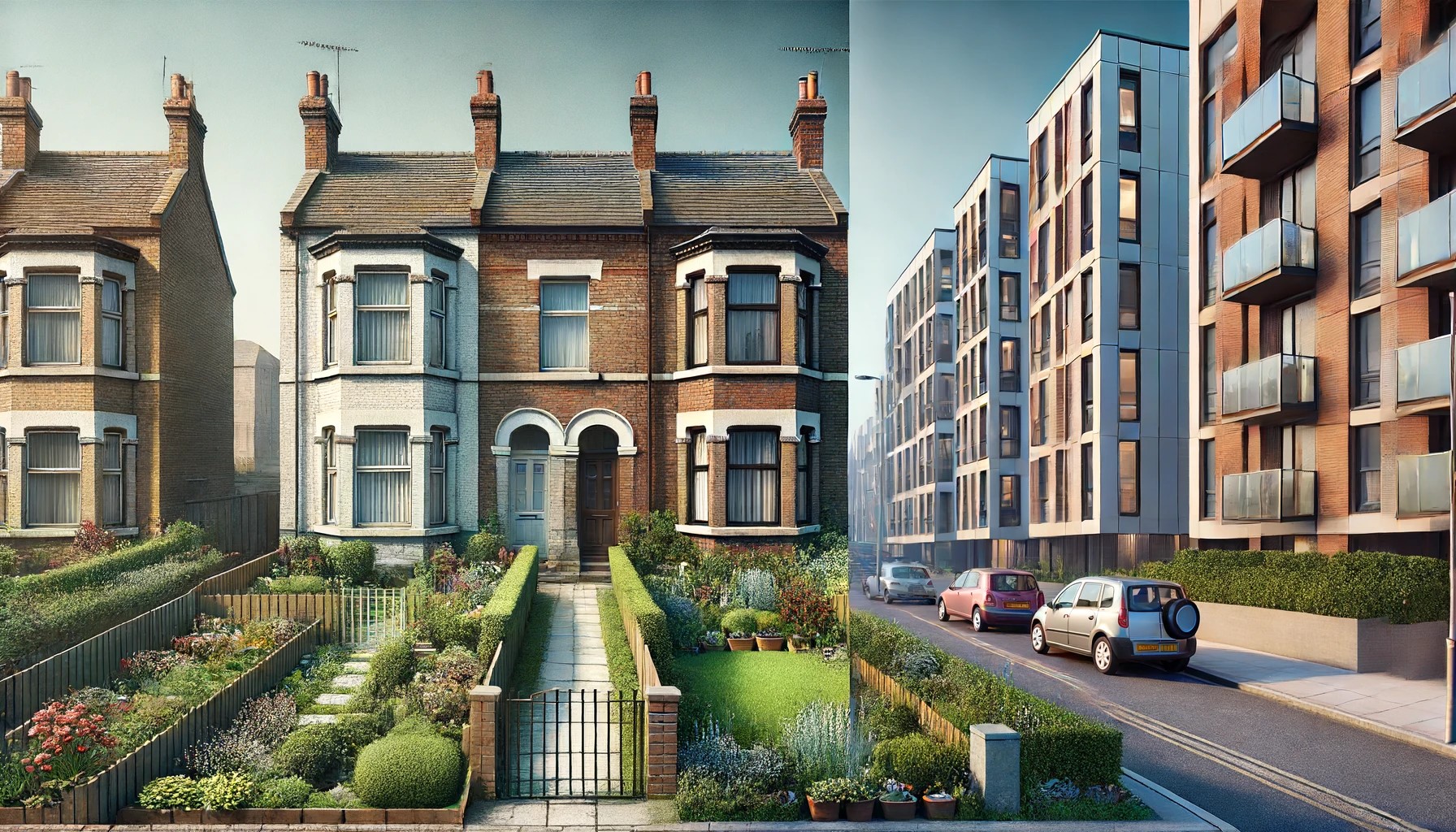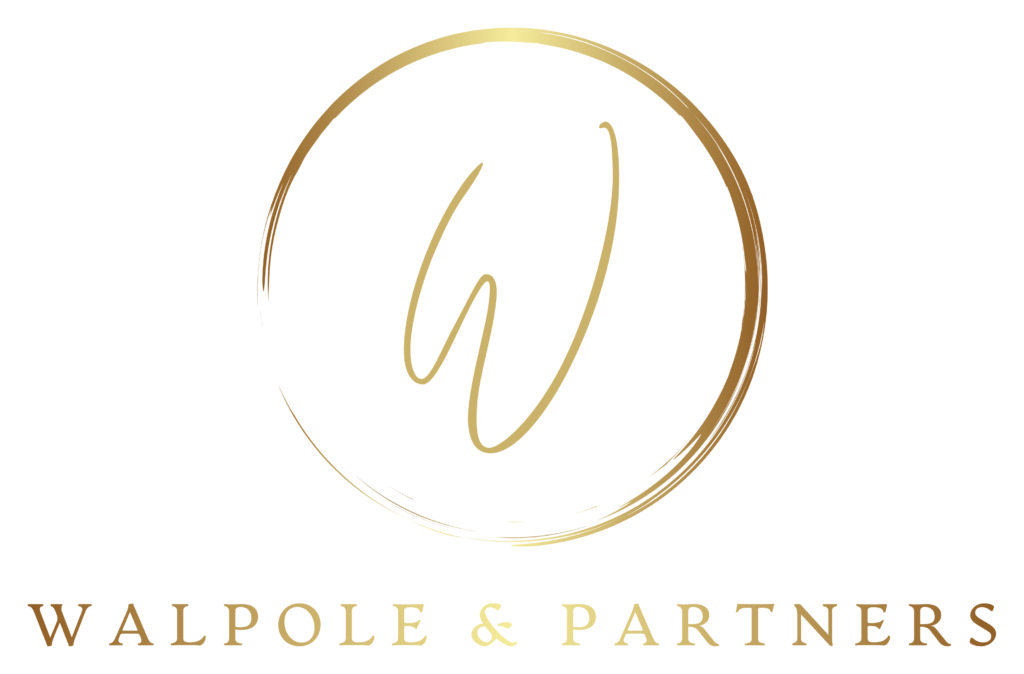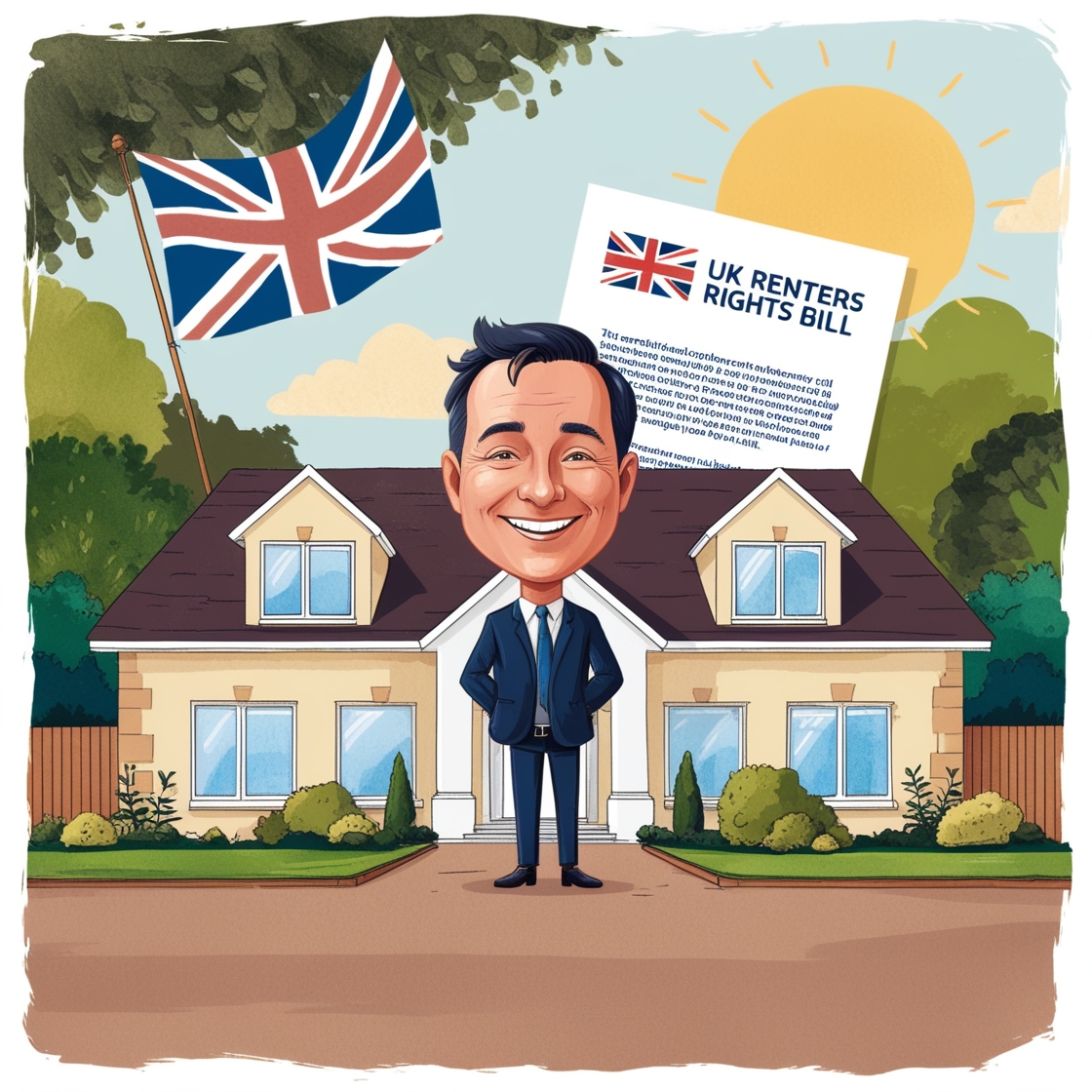Freehold Vs Leasehold investment properties in the UK, which one should you consider? As an Asian investor, understanding the pros and cons between freehold and leasehold properties can significantly impact your investment strategy and returns. Let’s explore the advantages and disadvantages of each, how rental yields and capital growth differ, supply and demand dynamics, and recent legislative changes.
Understanding UK Freehold vs. Leasehold Investment Properties in the UK
- Freehold: Owning a freehold property means you own the building and the land it stands on indefinitely. This provides full control and long-term ownership.
- Leasehold: A leasehold property means you own the property for a set period (up to 999 years) but not the land. Ownership reverts to the freeholder when the lease expires, unless extended or renewed.
Advantages of Freehold Properties
- Ownership Stability: Freehold ownership provides permanent control, offering long-term security and peace of mind.
- No Ground Rent: Freeholders do not pay ground rent, reducing ongoing costs.
- Property Control: Full control over the property allows for modifications and renovations without needing freeholder permission but may be subject to local planning laws depending on the works to be carried out.
- Investment Value: Freehold properties generally appreciate more over time, making them a solid long-term investment.
Disadvantages of Freehold Properties
- Higher Initial Cost: Freehold properties are typically more expensive upfront compared to leasehold properties.
- Maintenance Responsibility: As a freeholder, you are responsible for all maintenance and repairs, which can be costly. Planned extensions or renovations though, can add capital appreciation to the free hold property
Advantages of Leasehold Properties
- Lower Purchase Price: Leasehold properties are often more affordable, allowing investors to enter desirable markets at a lower cost.
- Shared Maintenance Costs: Maintenance of common areas is often handled by the freeholder, reducing individual expenses.
- Location Access: Leasehold properties can also be in prime areas where freehold properties are scarce or prohibitively expensive.
Disadvantages of Leasehold Properties
- Lease Expiry: The value of a leasehold property can decrease as the lease term shortens.
- Ground Rent and Service Charges: Leaseholders must pay ground rent and often significant service charges, adding to the overall cost of ownership. Ground rents for most new build leasehold has been abolished. https://www.legislation.gov.uk/ukpga/2022/1/contents/enacted
- Limited Control: Leaseholders may need freeholder permission for significant changes, limiting control over the property.
Rental Yields and Capital Growth
- Freehold Properties: Typically offer better long-term capital growth due to full ownership and control. However, rental yields might be slightly lower due to higher purchase prices.
- Leasehold Properties: Often provide higher rental yields because of lower initial costs. However, the potential for capital growth can be impacted due to supply of leasehold units on offer in the market compared to freehold property.
Supply and Demand Dynamics
- Freehold: Generally, in higher demand due to long-term security and control, but supply is limited, especially in urban areas. This scarcity can drive up prices.
- Leasehold: More widely available, especially in city centres. However, demand can fluctuate based on lease terms and associated costs, such as ground rent and service charges.
The Leasehold and Freehold Reform Act
The UK government has introduced the Leasehold and Freehold Reform Act to address some of the issues associated with leasehold properties. Key aspects of the act include:
- Abolishment of Ground Rent for New Leases: The act eliminates ground rent for new residential leases, reducing ongoing costs for leaseholders.
- Simplified Lease Extensions: The process for extending leases has been streamlined, making it easier and less expensive for leaseholders to maintain their property’s value.
- Commonhold Development: The act encourages the use of commonhold, an alternative to leasehold that allows residents to own their flats with a share in the freehold of the building, providing more control and security.
Conclusion: Freehold Vs Leasehold investment properties in the UK?
For Asian investors considering the UK property market, both freehold and leasehold properties offer distinct advantages and challenges. Freehold properties provide long-term security and potential for capital growth but come with higher initial costs and full maintenance responsibility. Leasehold properties, on the other hand, offer lower entry costs and higher rental yields but can involve ongoing expenses and less control.
The Leasehold and Freehold Reform Act aims to make leasehold properties more attractive by reducing some of their traditional drawbacks, such as high ground rents and complicated lease extensions.
As of June 2024, the UK property market continues to present robust investment opportunities. Evaluating your investment goals and risk tolerance will help determine the best property type for you. For personalized advice and comprehensive market insights, trust Walpole and Partners to guide your UK property investments.








